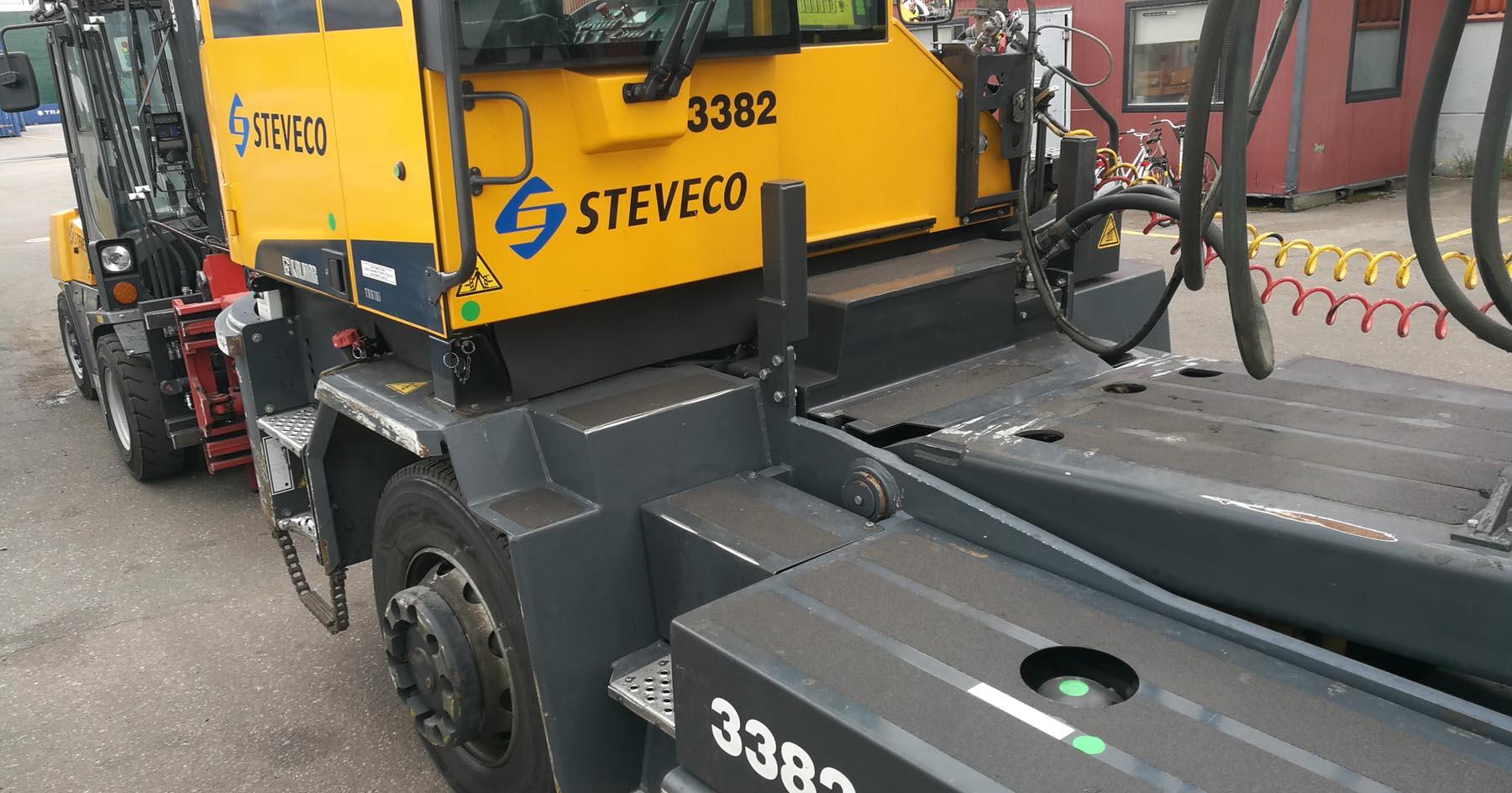HVO diesel minimises emissions from machinery

Steveco has had good experiences from more than a year of experimenting with HVO diesel. Emissions reductions of approximately 90 per cent are a significant reason to consider switching the entire fleet to the use of HVO diesel.
HVO stands for “hydrotreated vegetable oil”. In practice, however, it is produced not only from vegetable oils but also from waste, waste oils and fats by hydrotreating raw materials at high temperatures. In its composition, HVO is a different fuel from the other biodiesel on the market, called FAME (fatty acid methyl ester).
The chemical composition, usability, cold resistance and flammability of HVO are exactly the same as those of conventional, fossil-derived diesel. However, there is one major difference: by choosing HVO instead of traditional diesel, the company can reduce emissions from the use of machines by about 90 per cent.
HVO qualitatively as good as fossil-based diesel
Significant emissions reductions also interest Steveco, which has been testing HVO on selected machines for over a year now.
“At first, HVO was tested in Hietanen, but last spring we expanded the pilot to Mussalo in Kotka. The experiment takes in a cross-section of our entire fleet – currently, HVO is used in about 20 different machines,” says Heikki Jääskeläinen, Development Director at Steveco.
According to him, no difference has been noticed in the operating characteristics of fossil diesel.
“We’ve been positively surprised by this. The consumption figures are exactly the same, and there has been no power loss. However, the emissions from the fuel are 90 per cent lower,” says a satisfied Jääskeläinen.
HVO diesel for the entire machine fleet?
Heavy machinery and the fuel that runs it account for about 70 per cent of Steveco’s CO2 emissions. The company is now seriously considering switching the entire fleet of almost 300 machines to renewable diesel.
“The share of heavy machinery in our carbon footprint is extremely high. The emissions reduction achieved by changing the fuel is so significant that it should be aimed for,” says Jääskeläinen.
Eco-friendly HVO diesel is more expensive than fossil diesel. Jääskeläinen mentions that the high price is the only downside of HVO.
“On the other hand, we consider that, as the largest port operator in Finland, we also play an important role in taking our industry forward in this regard.”
In the supply chain, every operator and their choices matter.
“In the chain, everyone benefits from our choices – reducing emissions also reduces our customers’ emissions. With our example, we want to encourage the whole chain to reduce greenhouse gas emissions.”
Long life cycle of machines as part of sustainable development
Although the manufacture of new machines also causes a considerable environmental load, emissions reductions are a common means of renewing and electrifying the equipment fleet.
Jääskeläinen points out that the machines of the ports are, in principle at least, long-lived. As such, extending the life cycle of the existing machinery is an environmental good deed and one of the pillars of sustainable development.
“Most of our machines still have at least 10 years of active life. Using renewable diesel is a very good way to reduce emissions without having to make changes to the current machinery to achieve emissions reductions.”
If all the machines are switched to renewable diesel, the largest source of emissions for Steveco will then be transport services covered by scope 3. They currently account for about 25 per cent of Steveco’s total emissions.
“Although not all emissions from transport services are in our own hands, we are working ambitiously to minimise our emissions.”
“Responsibility is our way of thinking and acting,” Jääskeläinen sums up. “We will continue on this path.”
Text: Annukka Ollitervo
Photo: Topi Kiri
About Author

Satama
SATAMA is our customer magazine. it is published twice a year in Finnish.
